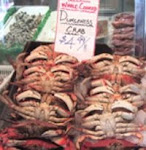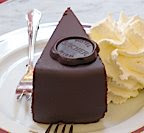
Miss Print?
You can't get ink on your fingers from reading the New York Times on a website. Your eyes may glaze over and your fingertips go numb but the wonderful annoyances that accompany the newspaper are disappearing along with the newspaper.
You can still buy a printing press. It will be old. There are table-top models (the Kelsey, the Pilot) and there is the regular, grown-up size. Smaller than a refrigerator, but heavy. It can hurt you-smash your fingers. And you will get ink and dirt under your fingernails forever.
We saw an ad for our first printing press in a trade journal. The owner was located on Halstead Street in Chicago. The Press had a cast-iron frame and easily weighed between 500 and 1000 lbs. Frankly I can't remember how we got it back to Kalamazoo? On a trailer I'm sure. There were four of us and the night before we picked up the Chandler & Price Old Style 8x12 printing press, we had a steak dinner in the Matador Room of the Stockyard Inn in Chicago and much wine. That was over 50 years ago. The press was beautiful. It was powered by a foot treadle and the flywheel had these sinuous curved spokes that I painted red with gold trim.
Before our Letterpress operation ended, we owned two C&P presses: A C&P Old Style (foot operated) and a New Style with an electric motor. Years later, when we donated the New Style press to a museum in Ohio, our basement floor was ink stained from printing the usual Christmas Cards and birth announcements. The Waygoose press was gone. The name came from an archaic English word for the annual feast for persons employed in a printing office. Along with the press we gave away our beautiful Bulmer type, assorted wood type, all kinds of spacing materials, cabinets and cases to hold this stuff and the composing stick, quoins, printing frames, gelatin rollers, spouted containers of cleaning fluid, cans of new and cruddy old printing ink and a box of pins, spatulas and miscellaneous crap that only a craftsman would appreciate.






Nowadays, designers are more inclined to use the Emigre update of another transitional typeface, Baskerville. Named after the housekeeper, then wife, then estate executor of John Baskerville, Mrs. Eaves is the beautiful digital evolution of stalwart Bulmer. Still, it is easy to lament the disappearance of that lovely Bulmer type from the provenance of the Gutermuth estate.
ReplyDelete